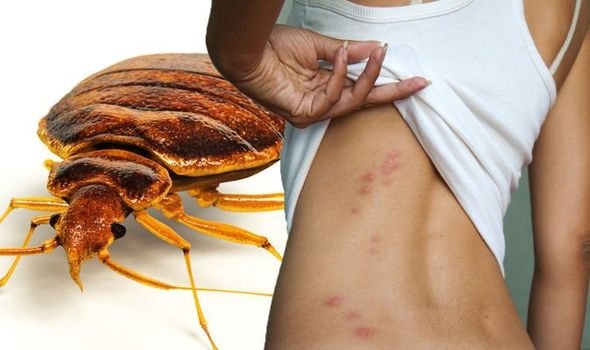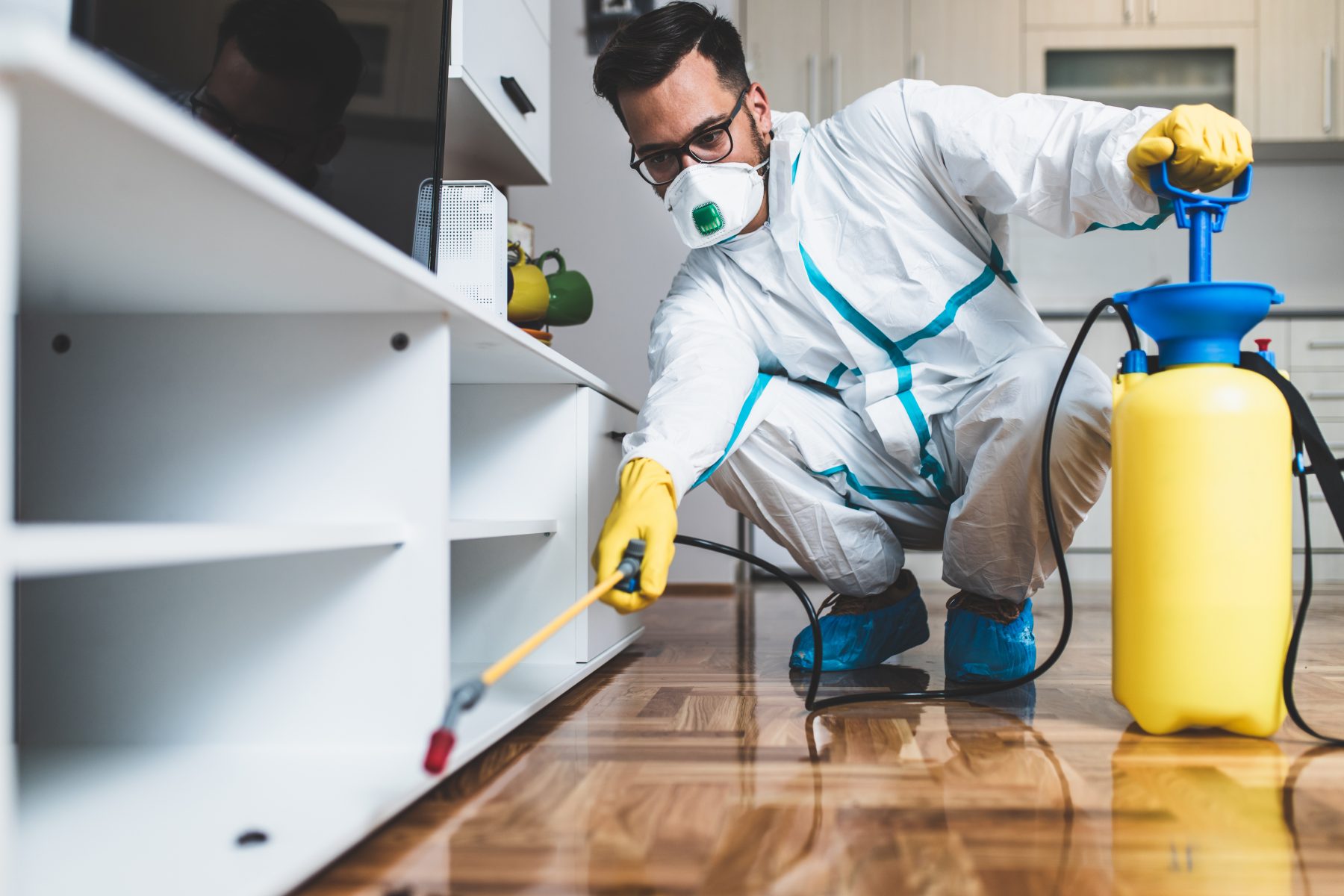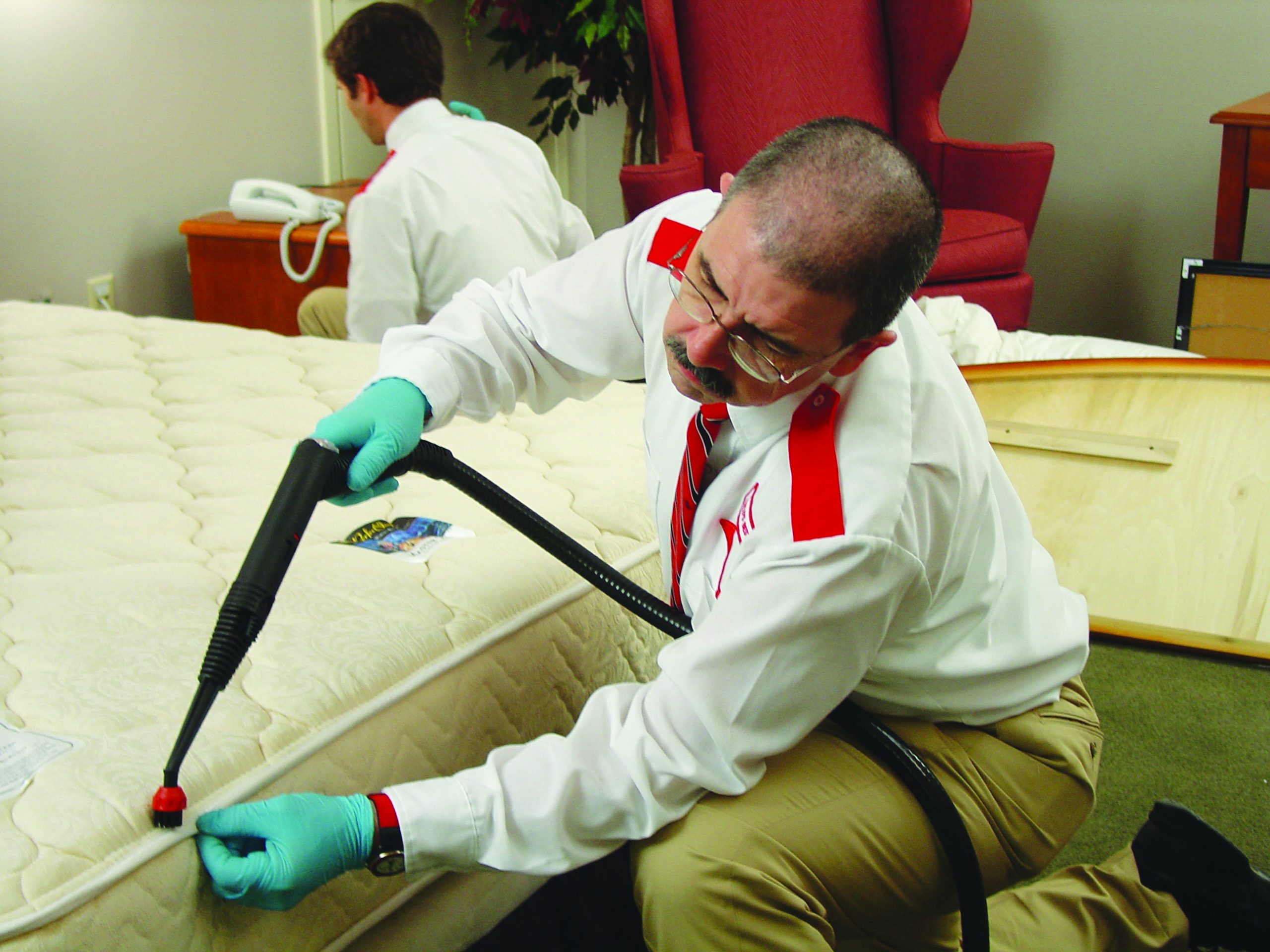Efficient Bed Insect Therapy Methods: A Secret Component of Parasite Control
The resurgence of bed bug problems has actually underscored the necessity for effective therapy methods within the insect control industry. These resistant insects, capable of evading traditional techniques, demand a complex technique that integrates both standard and innovative approaches.
Recognizing Bed Insect Habits

One of the specifying attributes of bed bugs is their ability to duplicate quickly. A solitary female can lay numerous eggs in her lifetime, causing swift population growth if left uncontrolled. In addition, bed insects can survive for numerous months without feeding, enabling them to endure periods of host absence, which can impede prompt administration initiatives.

Traditional Treatment Techniques
While modern-day approaches to bed insect administration have gotten appeal, traditional treatment methods stay fundamental in addressing invasions. These approaches primarily include chemical treatments and physical treatments.
Chemical chemicals, such as pyrethroids and neonicotinoids, have been historically employed to remove bed bugs. These compounds function by interfering with the anxious system of the parasites, resulting in their ultimate death. However, as a result of the development of resistance among bed insect populaces, effectiveness can vary.
Physical techniques, consisting of heat therapy, have likewise belonged to conventional techniques. This involves raising the temperature of plagued locations to a dangerous degree for bed pests, generally around 120 ° F(49 ° C) for sustained durations. This approach is specifically beneficial as it can permeate different materials and does not leave chemical deposits.
In addition, thorough cleansing practices, such as vacuuming and cleaning ravaged bed linen and apparel, are essential in this technique. Securing cracks and holes, in addition to using cushion coverings, can likewise protect against bed bugs from establishing themselves in living rooms. Collectively, these typical techniques provide an important structure for handling bed bug problems properly.
Modern Developments in Therapy
The landscape of bed insect therapy has evolved considerably with the development of modern-day technologies that boost performance and efficiency in handling infestations - Bed Bug Treatment. Among one of the most notable innovations is using warm therapy, which entails elevating the temperature level of ravaged locations to degrees lethal to bed pests. This approach not just removes adult bugs however likewise targets eggs, therefore disrupting their reproductive cycle
Another development is the application of innovative surveillance systems, such as bed pest discovery canines and modern traps outfitted with sensing units. These tools help identify infestations early, permitting prompt treatment. Furthermore, the development of pesticides with unique settings of activity, created to get rid of resistance, makes sure that insect control experts have effective alternatives at their disposal.
In addition, the assimilation of technology in parasite control administration, such as information analytics and mobile applications for tracking and reporting go to my blog problems, simplifies the therapy procedure. These advancements jointly add to more sustainable and effective bed pest administration strategies, mirroring the sector's continuous dedication to enhancing insect control end results. Because of this, both home proprietors and insect monitoring professionals can approach invasions with better confidence and precision.
Preventative Procedures for Infestations
Effective avoidance techniques are crucial in lessening the risk of bed insect infestations, with aggressive procedures playing an important duty in securing both property and business rooms. One of the most efficient strategies is normal inspections of living and job locations, especially in position where individuals regularly collect, such as resorts and public transport. Early detection can dramatically minimize the chances of an infestation ending up being established.

An additional preventive procedure entails the careful examination of used furnishings and apparel prior to bringing them right into your space. Using protective encasements on bed mattress and box springs can likewise supply a reliable obstacle versus bed pests.
Last but not least, informing citizens and employees concerning the indications of bed pest existence, such as little blood spots or dark spots on sheets, encourages individuals to act swiftly if they think an infestation, thereby reducing the probability of extensive issues.
(Bed Bug Treatment)
When to Seek Specialist Assistance
Identifying the signs of a bed bug invasion early can make a significant distinction in managing the trouble successfully. Small, brownish insects, in addition to rustic stains on bed linen, are indications that ought to not be forgotten. If these signs are apparent, it is vital to evaluate the intensity of the situation.
Bed bugs are notoriously durable, and their capability to hide in hard-to-reach areas complicates therapy initiatives. If you see that bed pests come back in spite of repeated attempts to eradicate them, it might be time to speak with a bug control expert.
Finally, individuals with allergic reactions or breathing problems ought to focus on specialist treatment. The chemicals utilized in parasite control can posture wellness dangers if not used properly. Eventually, engaging a certified insect control service guarantees a detailed and efficient resolution to bed insect problems, guarding your home and health and wellness.
Final Thought
Effective bed pest treatment methods are important in managing infestations and mitigating their effect. A detailed technique that combines traditional approaches with contemporary technologies improves treatment effectiveness and addresses resistance problems. Preventative measures and routine inspections play a crucial role in reducing the possibility of infestations. Eventually, understanding bed insect behavior and knowing when to look for expert support make certain that reliable management approaches are employed, adding to lasting parasite control success.